Among the wealth of tropical fruits native to South America, Pitomba holds a special place. Known for its pleasantly tangy, translucent pulp and modest size, this fruit is particularly popular in Brazil, where it grows abundantly in forests, backyards, and agroforestry systems. Despite its relatively low international profile compared to tropical giants like mango or guava, Pitomba is a cherished seasonal treat in its native region.
When it comes to global production, one country stands out distinctly: Brazil. With its unique biodiversity, favorable climate, and deep-rooted cultural affinity for tropical fruits, Brazil has emerged as the largest Pitomba producer globally. This article will explore the botany of Pitomba, its cultivation and uses, and the factors contributing to Brazil’s leadership in its global production.
What is Pitomba?
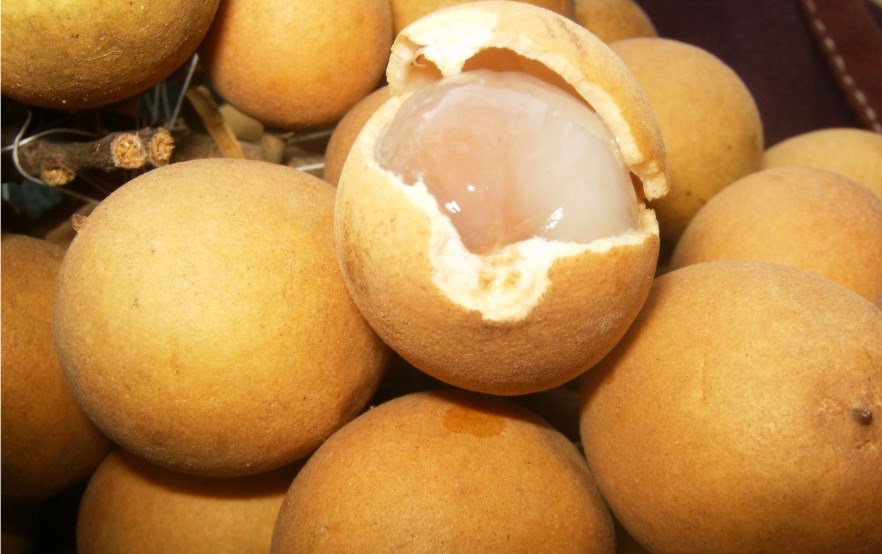
Pitomba refers to two related species:
- Talisia esculenta: The better-known Amazonian Pitomba.
- Eugenia luschnathiana: Often called the Bahia Pitomba or uvalha, native to the Brazilian state of Bahia.
Both species produce small, round, yellowish fruits about 2–4 centimeters in diameter. Beneath the thin, brittle skin lies a soft, juicy, translucent pulp, surrounding one or two seeds. The flavor ranges from sweet to mildly acidic, similar to longan or lychee, making it a refreshing summer fruit.
Botanical Characteristics:
- Family: Sapindaceae (Talisia esculenta) and Myrtaceae (Eugenia luschnathiana)
- Climate: Tropical, humid
- Harvest Season: December to April (varies by region)
- Propagation: By seeds, though vegetative propagation is possible
Global Distribution of Pitomba
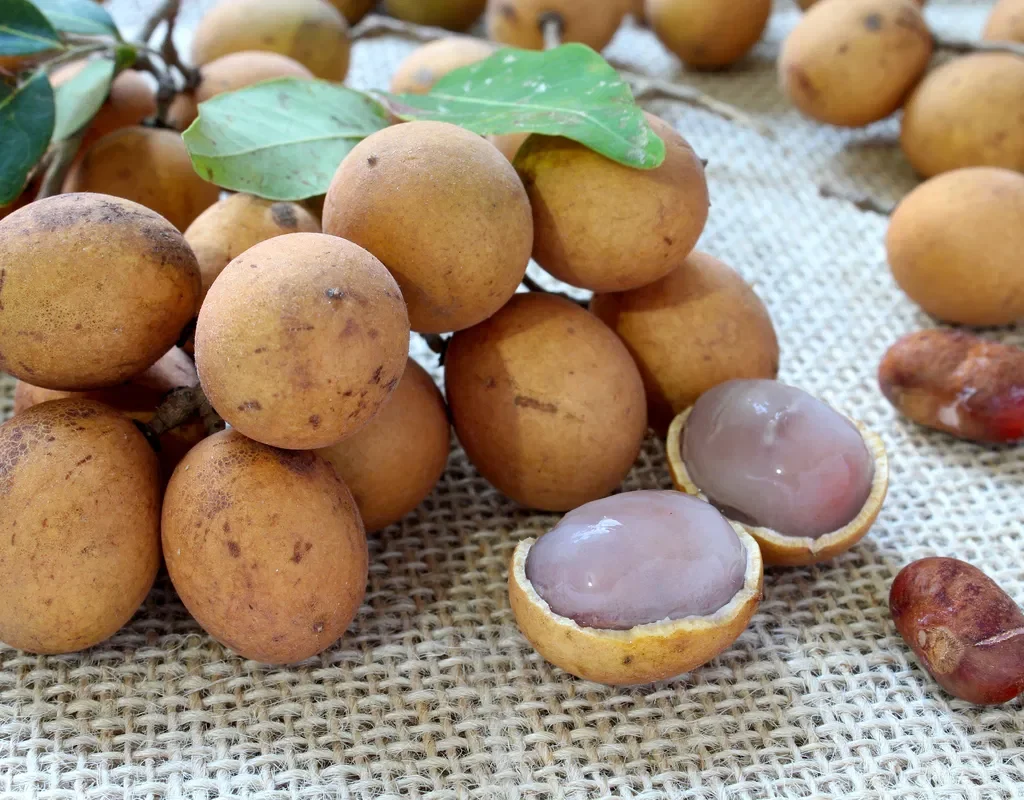
Pitomba is native to Brazil but is also found in limited quantities in neighboring South American countries like Bolivia, Paraguay, and Peru. In these regions, it typically grows in the wild and small orchards rather than in commercial plantations.
Attempts have been made to cultivate Pitomba in parts of Central America, the Caribbean, and even Florida (USA), but without significant commercial success. Its cultivation remains heavily concentrated in Brazil, particularly in:
- The Amazon Basin
- The Cerrado biome
- The Atlantic Forest
- The Northeast region, especially in Bahia and Pernambuco
This geographic concentration has positioned Brazil as the undisputed leader in global Pitomba production.
Why is Brazil the Largest Producer?
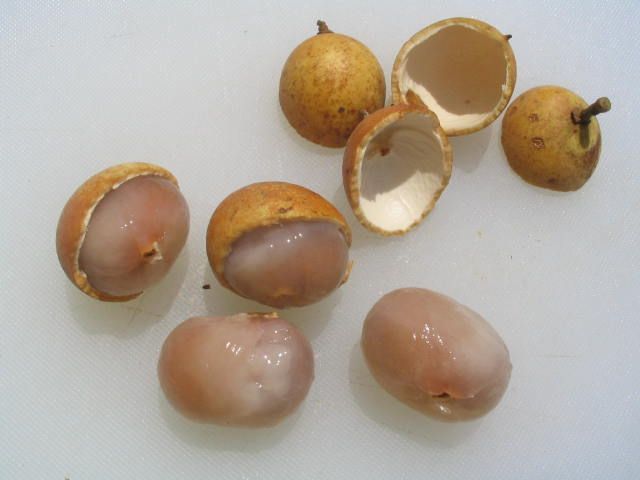
Native Habitat Advantage
Pitomba thrives in Brazil’s diverse ecosystems, especially in areas like the Amazon Rainforest, Cerrado, and Atlantic Forest, which provide the high humidity, fertile soils, and warm temperatures it requires. Brazil’s climate offers ideal, year-round conditions for both wild and cultivated growth.
Widespread Cultivation Practices
In Brazil, Pitomba is cultivated both commercially and informally. It is a common feature in home gardens, small orchards, and mixed agroforestry systems, where it grows alongside other native fruits like cupuaçu, bacaba, and açaí. The fruit is sold locally in fresh markets and is often consumed within days of harvest due to its short shelf life.
Cultural Importance
In the Northeast of Brazil, Pitomba has significant cultural value. In Pernambuco, the annual Festa da Pitomba (Pitomba Festival) celebrates the fruit’s harvest season. Street vendors sell freshly picked Pitomba during festivities, and families gather to enjoy it together.
Economic Value
Although Pitomba isn’t a major export crop, it plays an important role in local economies. Many rural families rely on its sale in local markets as a source of supplementary income. Additionally, Pitomba trees are valued for their ecological benefits in agroforestry, helping to prevent soil erosion and maintain biodiversity.
Global Production Comparison
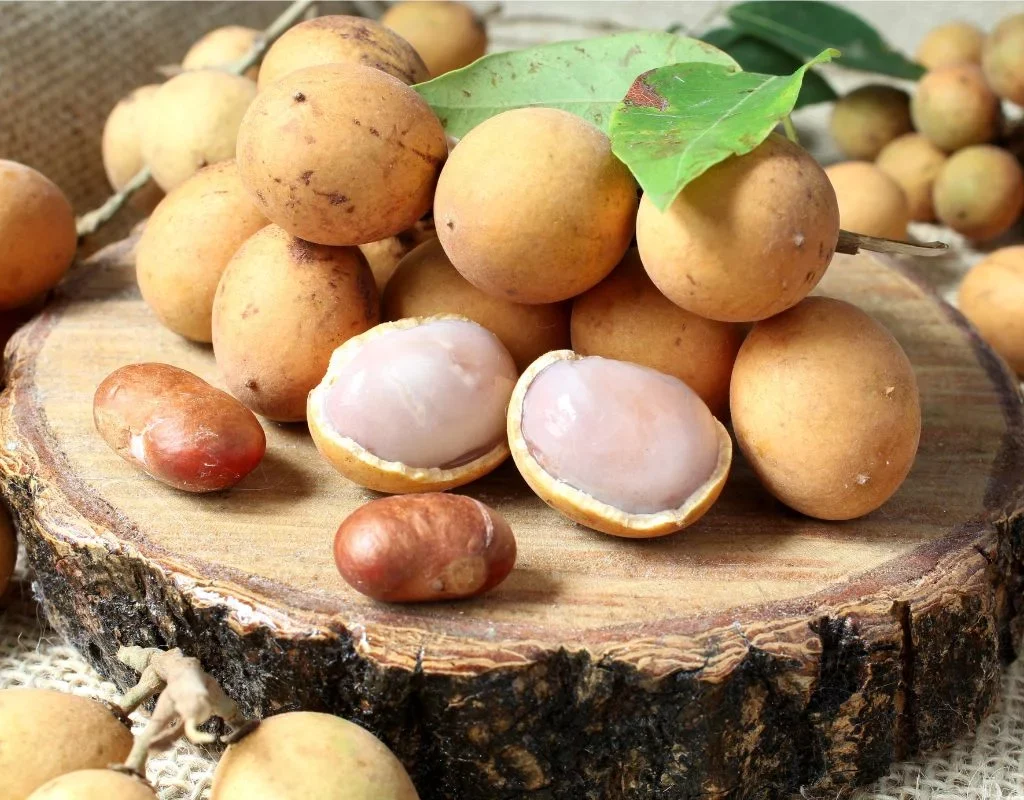
While precise global production figures are scarce due to the fruit’s predominantly local trade, agricultural records consistently indicate that Brazil produces over 95% of the world’s Pitomba supply. Neighboring countries like Bolivia and Peru grow Pitomba in limited areas, typically for subsistence or small market sales.
Comparison Table:
| Country | Production Level | Commercial Use | Cultivation Type |
|---|---|---|---|
| Brazil | Very High | Fresh markets, festivals | Wild, backyard, agroforestry |
| Bolivia | Low | Local consumption | Wild and backyard |
| Peru | Low | Local consumption | Wild |
| Paraguay | Minimal | Rare | Wild |
Nutritional and Medicinal Benefits of Pitomba
Pitomba isn’t just delicious; it’s also nutritionally valuable. It’s rich in:
- Vitamin C: Higher than many tropical fruits, boosting immunity
- Vitamin A: Important for skin and eye health
- Calcium and Phosphorus: Essential for bone strength
- Antioxidants: Help combat oxidative stress
Traditional Uses:
- The pulp is enjoyed fresh or in juices and jams.
- The seeds have been used in folk medicine for their astringent properties.
- The bark and leaves are utilized in herbal remedies for digestive issues and inflammation.
- Recent research highlights lectins from Pitomba seeds as having antifungal and insecticidal properties, offering potential for eco-friendly pesticides.
Challenges in Pitomba Cultivation
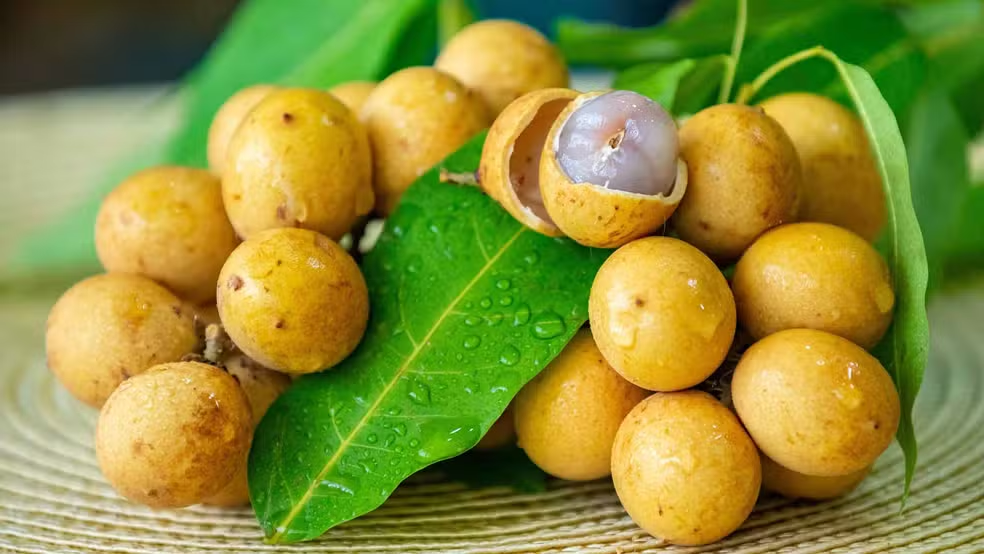
Despite its many advantages, Pitomba cultivation faces several obstacles:
Short Shelf Life
Once harvested, Pitomba fruits spoil within 2–3 days, limiting their market range and export potential.
Low Pulp Yield
Pitomba’s pulp makes up only about 15–20% of the fruit’s total weight, making processing less economically attractive compared to other tropical fruits.
Informal Supply Chains
Most Pitomba is traded through local street vendors and informal markets, with little large-scale commercial infrastructure.
Limited International Awareness
Unlike tropical fruits such as mango or passion fruit, Pitomba remains largely unknown outside Brazil, limiting global demand and investment.
Opportunities for Growth
As interest in exotic and superfoods increases globally, Pitomba has potential to gain international attention:
- Value-added products: Producing jams, jellies, juices, and liqueurs could extend its shelf life and market appeal.
- Biological research: Its antioxidant-rich pulp and insecticidal lectins offer promise for nutraceutical and agricultural applications.
- Ecotourism and Agroforestry Promotion: Integrating Pitomba into ecotourism and sustainable farming initiatives in Brazil’s Atlantic Forest and Amazon regions could preserve biodiversity while supporting rural economies.
Conclusion
In conclusion, Brazil holds an uncontested position as the largest Pitomba producer globally. Its abundant native forests, favorable climate, cultural significance, and widespread informal cultivation ensure a steady and diverse supply of this unique fruit. While its global profile remains modest, the rising interest in exotic fruits and natural products offers exciting prospects for Pitomba’s future, especially when combined with sustainable farming and ecological preservation efforts.
As Brazil continues to celebrate and rely on this native treasure, Pitomba stands as a testament to the richness of the country’s tropical biodiversity and agricultural traditions.
Would you like me to format this into an academic thesis structure with an abstract, literature review, methodology, findings, and conclusion too? I’d be happy to assist — just let me know!Tools

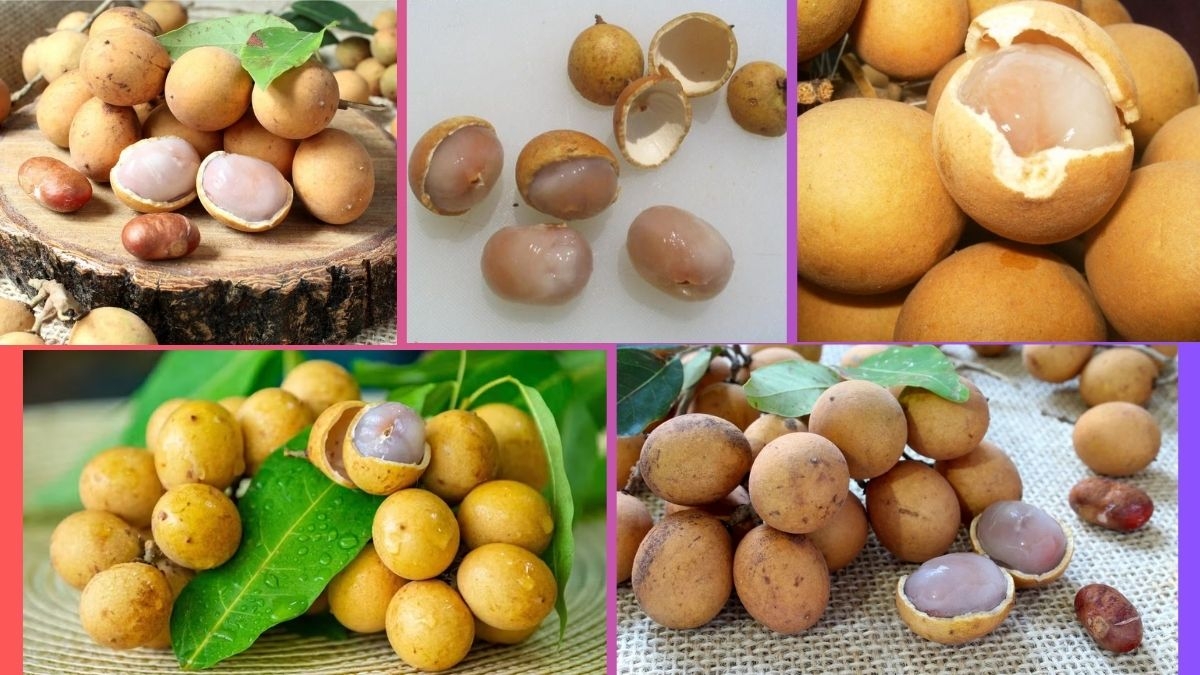




Leave A Comment